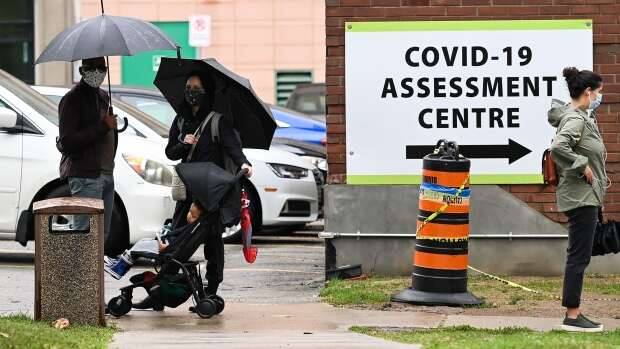Seven months into the pandemic, medical experts have a superior thought of how to treat COVID-19 and how to keep it out of high-hazard settings which implies there are far fewer people dying of the virus now than there were in the spring.
Yet, doctors and politicians are quickly cautioning that if the case numbers in Canada continue taking off as they have been lately, that may not be the situation for any longer.
Dr. Matthew Oughton, an infectious disease specialist at Jewish General Hospital in Montreal, says the second wave of the pandemic in Canada is largely being spread among younger, healthier populations than it was in the spring when long-term care homes were hit hardest.
In Ontario, at the end of April, 45 per cent of all cases were being diagnosed in people over the age of 60, while people under 40 accounted for less than 25 per cent.
On Sept. 29, people 60 and older made up 11 per cent of new cases, while those under 40 accounted for 62 per cent.
When you couple that with the expanded knowledge about how to treat this virus, it means more people are able to ride out the disease out of the hospital, and fewer people are dying.
National data show April, May and June recorded 60 per cent of the total cases in Canada thus far, but 91 per cent of the deaths. The next three months accounted for 34 per cent of total cases, and just eight per cent of all deaths.

But Oughton says that low-risk is not any risk and that, as numbers soar even in younger populations, the number of people who will get very sick and die will also start to go up.
He also says the other risk is that the more the virus spreads in the community, the harder it will be to keep it out of seniors’ residences, and long-term care homes where the impact can be devastating.
Health Minister Patty Hajdu said Friday the knowledge learned in the first wave about treatments and public health protections is helping in the second wave, as has the more reliable supply of personal protective equipment.
Officials with Ottawa Public Health, which recorded its single highest daily total of 142 cases of COVID-19 on Friday, are pleading with people to only have close contact with people they live with.
Chief Public Health Officer Dr. Theresa Tam said the expanded knowledge of the virus and what public health measures are working, will allow governments to be more specific when they impose measures to try and slow the spread. Quebec, for example, is targeting new restrictions on public activities to hotly affected cities like Montreal and Quebec, and leaving much of the province as before.
Ontario put new restrictions Friday on restaurants, banquet halls and gyms only in Toronto, Ottawa and Peel region, where the majority of that province’s cases are being tallied.
Hajdu said there is no easy guideline for governments to follow when new restrictions have to be imposed but, if Canadians want to avoid full lockdowns, it’s critical that they make good decisions about socialization.
Photo credit: THE CANADIAN PRESS/Nathan Denette
News source: The Canadian Press











